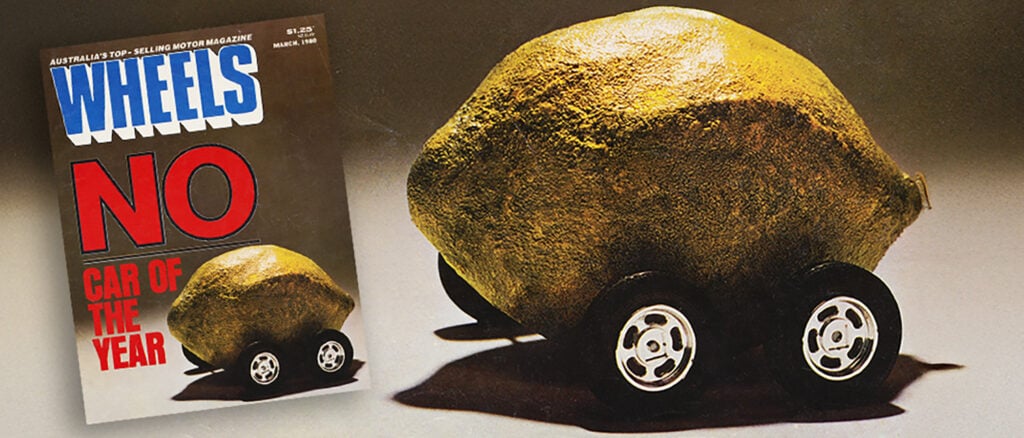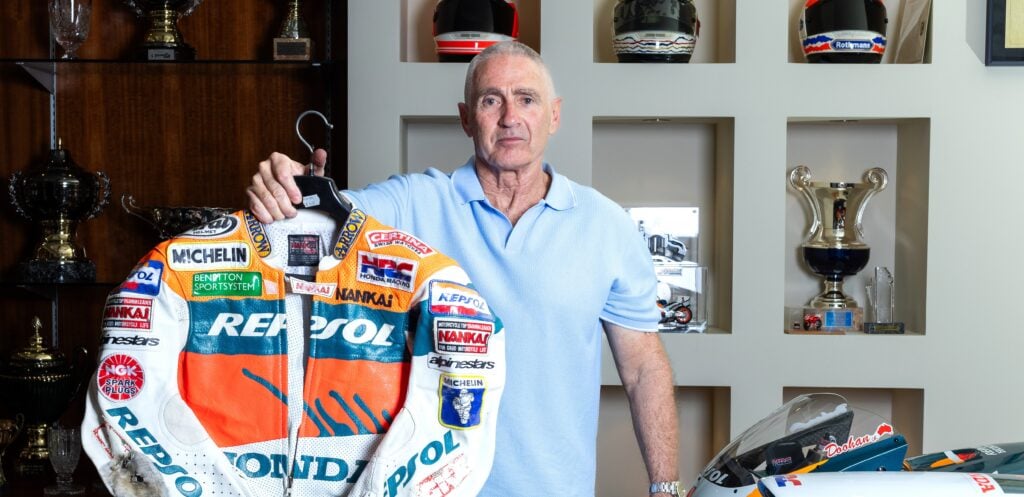THE INDIANAPOLIS 500 is known as the largest single-day sporting event in the world. For its 100th running last year, the entire event was sold-out, with crowd figures north of 300,000.
However, this year the Indy 500 is attracting more international attention than it has during the past several years, due in no little part to the attendance of Spanish two-time Formula 1 world champion Fernando Alonso.
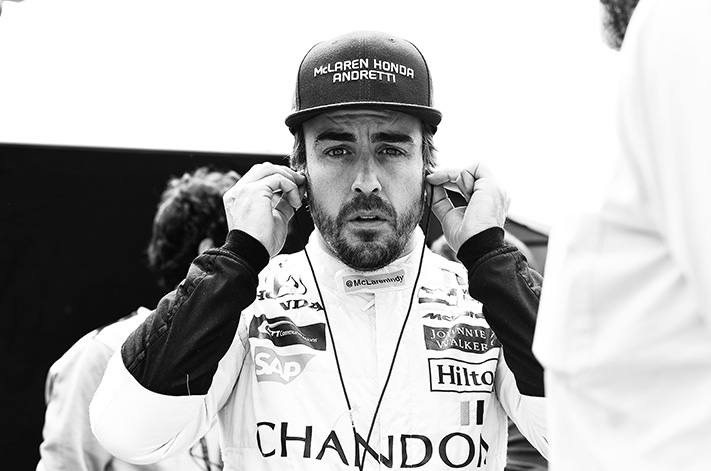
How long is the race? Well without stating the obvious, it’s 500 miles, or 804 kilometres. However, unlike our Supercars endurance races such as the Bathurst 1000 and Sandown 500, this race is completed by one driver, non-stop.
The excessive speeds means the race is completed in around three hours. The fastest ever race was in 2013, with Tony Kanaan completing the 200 laps in 2 hours, 40 minutes, and three seconds. His average speed for 500 miles was a whopping 187.43mph (301.64km/h).
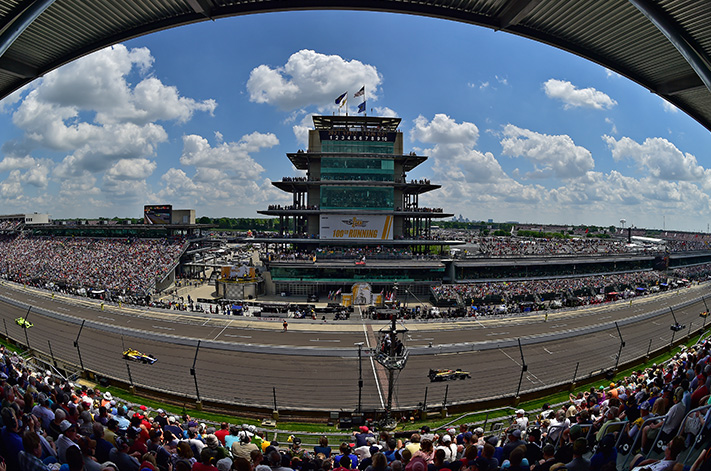
In short, fast. For an extended explanation – bloody fast.
It needs to be noted lap records are conveyed in average speed, instead of time, with the fastest ever being 236.10mph (379.97km/h). That frankly bonkers lap was achieved by Eddie Cheever Jr in 1990.
Modern cars achieve lap times in the 225mph (362km/h) range, with last year’s race winner Alexander Rossi (who was a rookie at the time), also claiming the 2016 fast lap with a 225.23mph (362.47km/h) tour of the track.

If you have some mates around for the race, here’s some info to help you sound like an Indy veteran.
- Al Unser holds the record for the most race laps led, at 644.
- Unser shares the most wins record with A.J Foy, and Rick Mears. The trio have four wins a piece as drivers.
- Roger Penske has the most victories as a team owner, with his squad winning the race 16 times. The next closest in the record books is Lou Moore with a comparatively scant 5 victories for his team.
- Statistically, starting from pole gives you the best chance at victory, with the polesitter winning the race on 20 different occasions. Brisbane-born Kiwi Scott Dixon will lead the field to the green flag on race day this year.
- Of the 100 Indianapolis 500 races held, a rookie has won on 10 different occasions. Helio Castroneves went one better and won the race in his first two attempts. The record for most consecutive victories is two, with five drivers, including Castroneves, achieving the feat.
- The narrowest margin of victory was when Al Unser Jr beat Scott Goodyear in 1992 by just 0.033 of a second.
- The all-time lap record is a 239.26mph (385.05km/h) tour by Arie Luyendyk in 1996.
- The oldest race winner is that man Al Unser who won at 47 years and 360 days old in 1987, while the youngest is Troy Ruttman when he claimed victory at 22 years and 80 days old in 1952.
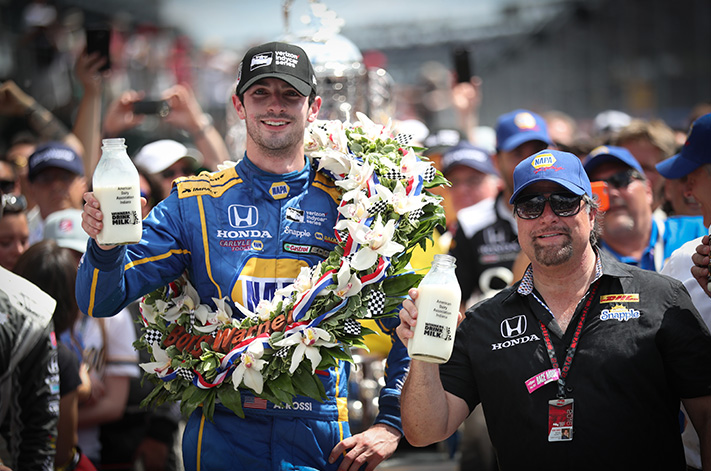
How much do you get for winning? Being the most prestigious event in the IndyCar calendar, it also carries the biggest prize purse. Exact numbers for 2017 aren’t known yet, but judging from previous years, the total prize pool could be in excess of $13 million, with the winning driver in line to receive more than $2.5 million.
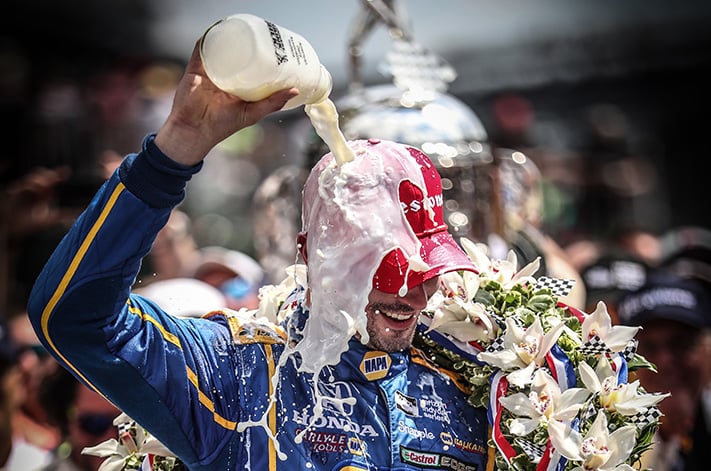
The Indianapolis 500 is a part of what is known as the Triple Crown of Motorsport.
The Triple Crown is made up of the biggest events in the racing world – Indy, the Monaco Grand Prix (being held on the same weekend), and the 24 Hours of Le Mans.
Graham Hill is the only man in history to have won all three events.
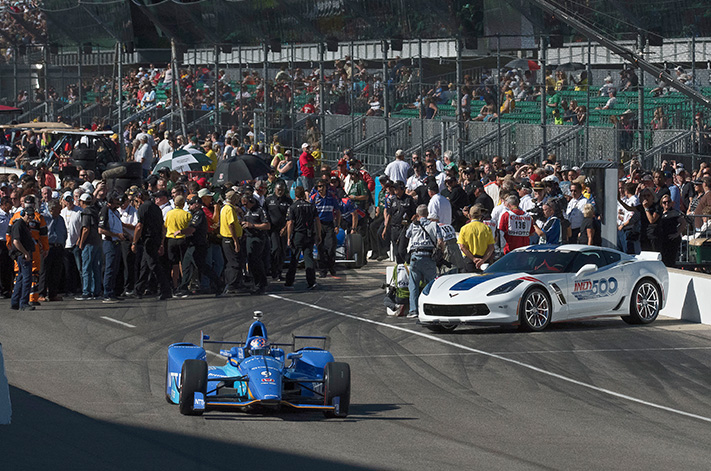
Juan Pablo Montoya is the only active driver to have won two of the three events, with wins at Monaco and Indy.
Alonso’s participation is linked to the Triple Crown, with the Spaniard having two Monaco victories already. His assault on the Indianapolis 500 is the next step of achieving his Triple Crown dreams.





